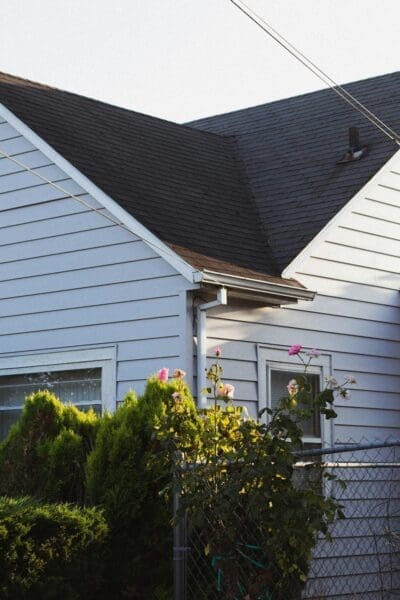Investing in Your Home: Signs That It’s Time for a Residential Roof Replacement

As a homeowner, your roof is one of the most critical components of your property. It shields you from the elements, keeps your home safe and comfortable, and adds to its overall aesthetic appeal. However, like any other part of your house, your roof won’t last forever.
The Importance of a Healthy Roof
Before we dive into the signs indicating the need for residential roof replacement, let’s briefly touch on why having a healthy roof is essential.
Your roof serves as the first line of defense against weather elements such as rain, snow, wind, and sunlight. A damaged or deteriorating roof can compromise your home’s structural integrity, leading to costly repairs down the line. Additionally, an old or worn-out roof can decrease your home’s energy efficiency, causing utility bills to soar.
Signs It’s Time for a Roof Replacement
Here are some key indicators that suggest it might be time to invest in a residential roof replacement:
- Age of the Roof :
If your roof is nearing the end of its expected lifespan, it’s wise to start considering a replacement. Most asphalt shingle roofs last between 20 to 25 years, while other materials like metal or tile may have a longer lifespan. However, factors such as climate, maintenance, and installation quality can affect how long your roof lasts.
- Visible Damage :
Take a close look at your roof for any signs of visible damage, such as cracked, curled, or missing shingles. These issues can compromise your roof’s ability to keep water out, leading to leaks and water damage inside your home.
- Leaks and Water Stains :
Water stains on your ceiling or walls are a clear indication of a roof leak. While some leaks may be minor and easily repairable, persistent or widespread leaks may signal the need for a full roof replacement to prevent further damage.
- Sagging or Drooping Roof :
A sagging or drooping roof is a serious issue that requires immediate attention. It could indicate underlying structural problems or water damage that has weakened the roof’s support system. Ignoring this issue could lead to a roof collapse.
- Granule Loss :
Check your gutters and downspouts for an accumulation of granules from your shingles. Granule loss is a common sign of shingle deterioration, which can occur as a roof ages or as a result of severe weather events.
- Mold or Moss Growth :
The presence of mold, moss, or algae on your roof can indicate excess moisture and poor ventilation. These organisms can accelerate roof deterioration and compromise its integrity over time.
- Higher Energy Bills :
If you notice a significant increase in your heating or cooling bills, it could be a sign that your roof’s insulation is no longer functioning efficiently. A roof replacement with improved insulation can help lower energy costs and improve comfort levels indoors.
- Interior Damage :
Check your attic or crawl space for signs of moisture, mold, or water damage. Stains on the underside of the roof deck or damp insulation are red flags that your roof may be leaking and in need of replacement.
Investing in a Roof Replacement: What to Expect
Once you’ve determined that a roof replacement is necessary, it’s essential to understand what the process entails and what to expect:
- Inspection and Assessment :
Start by hiring a reputable roofing contractor to conduct a thorough inspection of your roof. They will assess the extent of the damage, recommend the appropriate materials and replacement options, and provide you with a detailed estimate.
- Choosing Materials :
Selecting the right roofing materials is crucial for the longevity and durability of your new roof. Consider factors such as climate, aesthetics, and budget when choosing between asphalt shingles, metal, tile, or other options.
- Permitting and Planning :
Depending on your location and local building codes, you may need to obtain permits before starting the roof replacement project. Your contractor will handle the necessary paperwork and help you plan the timeline for the project.
- Tear-off and Installation :
The old roofing materials will be removed, and any underlying damage will be addressed before installing the new roof. Professional installers will ensure that the new roof is properly fitted and sealed to provide maximum protection against the elements.
- Cleanup and Inspection :
Once the installation is complete, the contractor will clean up the job site and perform a final inspection to ensure that everything meets quality standards. They should also provide you with warranties for both materials and workmanship.
- Maintenance and Care :
Regular maintenance is key to prolonging the life of your new roof. Schedule annual inspections and repairs as needed to address any issues before they escalate into larger problems.
Conclusion
Remember to work with experienced professionals and choose high-quality materials to get the most out of your investment. After all, a healthy roof is the foundation of a happy home.









